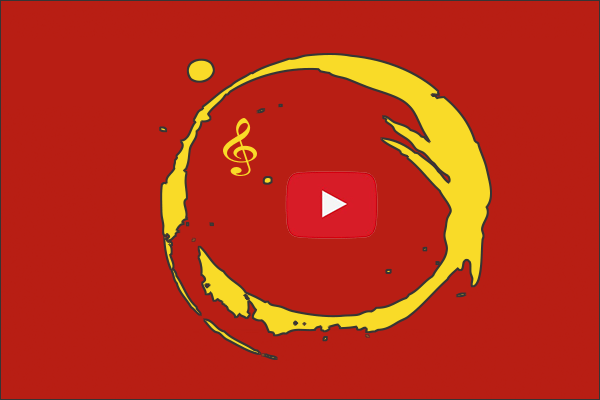Want to use someone else’s music in your YouTube videos? If so, you need to know how to avoid YouTube copyright strikes.
The millions of creators on TikTok are used to lip-synching or dancing to whatever song they choose without the legal consequences. But using someone else’s music in a YouTube video can have serious consequences, such as getting your channel terminated.
YouTube has also confirmed their policy regarding the use of cover songs in your video content, with a clear message: If you are singing, humming, or drumming to a copyrighted melody, then the uploader is comfortable with copyright removal.

Further reading: How to Avoid Copyright on YouTube? – 7 Tips to Help You!
What Creators Need to Know about Cover Songs on YouTube?
The Creator Insider team from YouTube has posted a video detailing the issues surrounding the use of other people’s music, including Content ID and copyright claims around cover songs, remixes, and accidental or intentional use of licensed musical composition. The following part will show some main takeaways.
#1: Get a Copyright Claim by Humming a Copyrighted Tune
YouTube confirms that each song or musical composition has two sets of copyright. One belongs to the songwriter or the song-writing team behind the melody, the people who create the music and the lyrics. The second copyright protection is for the artist, covering the recording and performance of that song.
If you upload a video of yourself or anyone else humming along to a copyrighted melody without the permission, you are infringing copyright and may receive a takedown for doing so.
Read also: What Is the YouTube Takedown Request? How to Deal with It?
#2: Create a Lyric Video can also Attract a Copyright Claim
Adding lyrics to the background picture without permission is also a big mistake.
These lyrics could be owned by music publishers, an entity that usually owns the copyright to music compositions. Publishers protect songwriters, including the use of music or lyrics on YouTube.
#3: What If You Play an Instrument over a Song?
An identifiable melody version is often referred to as the Master Recording and the copyright covers this tangible asset. As a creator, if you use the master’s clips without written permission, you risk attracting a copyright takedown. Using fragments in remixes, or singing or playing instruments on them is not allowed.
#4: What If You Play All the Instruments?
Creators often object to the copyright takedown, arguing that they played all the instruments themselves, recreated the song, or recorded a new audio track. However, if the musical composition is used, then the publisher or songwriter has a valid claim.
#5: What Cover Songs Is Claimed by the Rights Holder?
YouTube’s copyright team has confirmed that if the music and lyrics belong to a rights holder, the creator may be vulnerable to copyright claims by:
- Use Acapella versions
- Hum
- Read lyrics aloud
- Re-record
- Use the master recording in a remix/mash-up
- Add lyrics to the published video
#6: Fair Use and Parodies of Licensed Songs
Fair Use is a very complex topic, but when it comes to any claim, the judge will consider the following:
- The nature of the copyrighted work
- The quantity and substance of the part taken
- Impact of use on potential markets
- The nature of the copyrighted work
As a video creator, if you use a song, or change the lyrics in a way that provides a comment or makes fun of the original lyrics, then there will be a Fair Use argument. Fair Use is not a guarantee because it all depends on how you interpret the composition. Thus, parodies can absolutely be subject to claim.
#7: Cover Songs and Monetization
If you perform a copyrighted song on YouTube and you are in the partner program, YouTube will share revenue between the publisher and the creator of the video. This is called “a cover rev share”, although the new version is not necessarily a simple cover.
YouTube wants to find a way to reward creators by giving them a monetization option, with the permission of copyright owners.
Bottom Line
To sum up, that’s all the information about the cover songs on YouTube. If you want to use someone else’s music in your YouTube videos and avoid copyright strikes, you need to read this post carefully.

